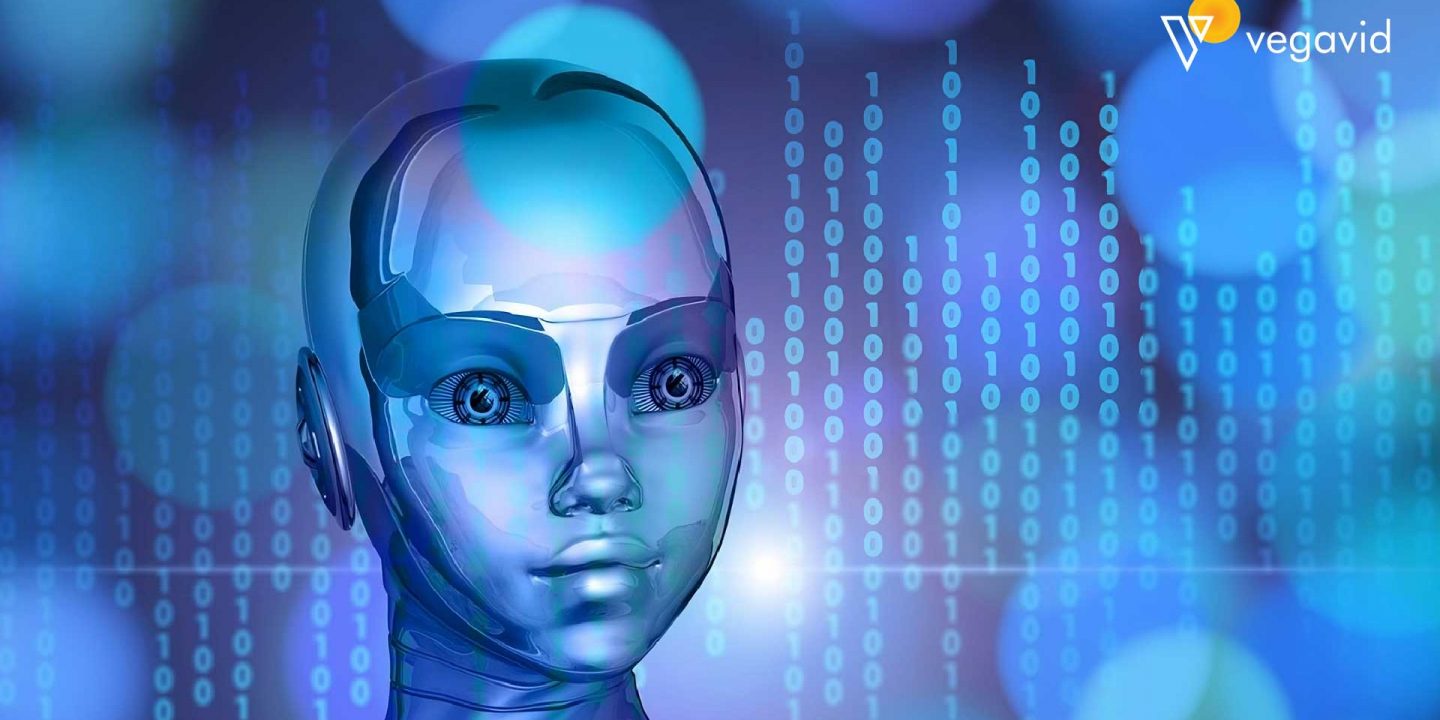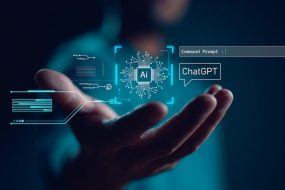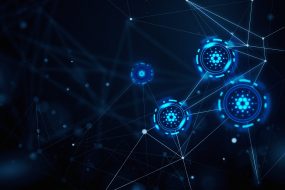
Artificial intelligence and image processing are revolutionizing industries by automating manual tasks and enabling insights at a scale that was impossible before. From facial recognition and drone imaging to medical diagnostics and satellite imagery, the use of AI in image processing is growing rapidly and opening up new possibilities.
This blog post provides a comprehensive guide to exploring the power of AI in image processing – covering different topics. It will discuss the growing importance of AI, what image processing is, and the role of AI techniques. These techniques include machine learning and deep learning in facilitating image classification, recognition, enhancement, and creative image generation. We’ll also discuss future trends that will further push the boundaries of what’s possible with AI image processing. Our goal is to give you an in-depth yet accessible understanding of this exciting field at the intersection of AI, computer vision, and image analytics.
Importance and impact of AI in various industries
AI and image processing techniques are fundamentally transforming industries by automating tedious and time-consuming manual tasks. It helps in enabling real-time decision-making and providing insights at massive scales. From analyzing satellite imagery for autonomous farming to identifying skin cancer in medical images to detecting defects in manufacturing processes – AI-powered image processing is fueling innovation and efficiency gains across sectors.
- Some of the most impacted industries include-
- Healthcare through more accurate medical diagnostics
- Autonomous vehicles through advanced computer vision
- Retail through facial recognition and image-based personalized recommendations
- Agriculture through precision farming using a drone and satellite imagery
- Manufacturing through a quality inspection and predictive maintenance using visual data.
The economic impact of AI in visual data analysis is expected to be in the trillions of dollars in the coming decades as organizations leverage these technologies. It can help to optimize operations, reduce costs, develop new revenue streams, and gain competitive advantages.
What is Image Processing?
Image processing refers to techniques used to enhance, analyze and extract information from digital images. The main tasks involved in image processing include image segmentation, feature extraction, geometric transformations, image enhancement, image compression, and image reconstruction. These techniques allow us to process images to improve their quality, remove noise and artifacts, extract meaningful information and metadata, and recognize patterns and objects.
Image processing algorithms are used in tools an image to text converter, photo editing software, medical imaging systems, surveillance and security systems, industrial inspection systems, and scientific image analysis. With the rise of AI, traditional image processing techniques are being augmented by machine learning and deep learning models.
Role of AI in Image Processing
Here are the key roles that AI plays in image processing:
- Image classification – Using machine learning and deep learning models to classify images or labels. This enables applications like automated sorting, recognition, and scene understanding.
- Object detection – Locating and identifying objects within images. Requires training models on labeled image datasets with object bounding boxes. Used for applications like product detection, face recognition, and content filtering.
- Semantic segmentation – Assigning a semantic label (like road, building, person, etc) to every pixel in an image. Requires powerful convolutional neural networks. Used for autonomous driving, medical imaging, and drone analysis.
- Image enhancement – Applying techniques like super-resolution, noise reduction, contrast adjustment, and color correction to images using trained AI models. This improves image quality for downstream tasks.
- Image generation – Generating new realistic images using generative adversarial networks (GANs) and autoencoders. Used to augment training datasets or for creative applications.
- Anomaly detection – Identifying abnormal or outlier images that differ from a “normal” class using unsupervised learning. Used for defect detection, medical diagnosis, and security.
- Visual recommendation – Providing personalized image and video recommendations based on a user’s viewed content using convolutional neural nets and reinforcement learning.
- Content moderation – Detecting inappropriate or offensive visual content like nudity, violence, hate speech, etc. Requires training on labeled datasets of multiple classes.
Role of AI in Image Classification and Recognition
The key roles of AI in image classification and recognition include:
- Object classification – Classifying objects in images into predefined categories. This requires training classifiers on labeled image datasets.
- Algorithms – Popular algorithms used include convolutional neural networks (CNNs), support vector machines (SVMs), and k-nearest neighbors (KNN). CNNs have become the norm due to their superior performance.
- Training data – Large labeled datasets like ImageNet, COCO, and CIFAR are used to train and test models. Having more diverse, high-quality training data improves accuracy.
- Features – CNNs automatically learn the most discriminative features from the data, while older algorithms rely on manually engineered features.
- Fine-tuning – Pre-training models on large datasets like ImageNet, and then fine-tuning them on a customized dataset can improve accuracy while reducing training times.
- Transfer learning – Using features from a pre-trained model as inputs to a new model to reduce training from scratch. Works well when the domain is similar.
- Data augmentation – Techniques like rotation, cropping, flipping, and noise injection are used to artificially expand datasets and reduce overfitting.
- Performance metrics – Metrics like accuracy, precision, recall, F1 score, and ROC/AUC are used to evaluate and compare models.
- Challenges – Variations in lighting, scale, viewpoint, and object poses make image classification and recognition challenging.
Role of AI in Image Enhancement and Restoration
Here are the key roles of AI in image enhancement and restoration:
- Super-resolution – Using techniques like convolutional neural networks to reconstruct higher-resolution images from lower-resolution inputs. Effectively “creating” new pixels using learned patterns.
- Denoising – Removing noise and artefacts from images using AI models trained on datasets of noisy/clean image pairs. This improves clarity and image quality.
- Contrast enhancement – Adjusting image contrast automatically using machine learning models. This can optimize contrast for better visual perception or downstream tasks.
- Color correction – Correcting color casts and enhancing color accuracy of images using deep learning models trained on large datasets. Useful for product photography, medical imaging, and more.
- Artefact removal – Identifying and removing unwanted objects from images like dust, stains, cracks, logos, and watermarks. Requires training data of images with and without artefacts.
- Deblurring – Reconstructing sharp images from blurred inputs using deep convolutional networks and optimization techniques. Works for motion blur and defocus blur.
- Hole filling – “Inpainting” missing regions of images using generative adversarial networks (GANs) trained to synthesize realistic image patches.
- Dimensionality reduction – Reducing the number of resources required to represent an image without much loss of information, using techniques like autoencoders, PCA, and t-SNE. Useful as a pre-processing step.
Generative Models and Creative AI Image Processing
Generative models are playing an increasingly important role in creative AI image-processing tasks:
Generative Adversarial Networks (GANs)
A system of two neural nets that learn to generate new images that are indistinguishable from real images. By “fooling” each other, they produce highly realistic synthetic images.
• GAN applications:
- Image-to-image translation – Converting an image from one domain to another (e.g. labels to photos, sketches to photos, etc.).
- Image editing/manipulation – Editing images in creative ways previously very difficult (e.g. changing lighting, scene types, object properties).
- Image super-resolution – Creating highly detailed images from low-resolution inputs.
- Image synthesis – Creating entirely new images based on a concept, class or description.
Autoencoders
A type of artificial neural network used to learn efficient codings of images. They can be used to:
- Anomaly detection – Identify abnormal images that differ from the “norm”.
- Dimensionality reduction – Represent images using fewer variables.
- Image denoising/editing – Remove artefacts and modify images in useful ways.
Additional creative applications
- Artistic style transfer – Applying the artistic style of one image to the content of another image.
- Image captioning – Automatically generating descriptions or captions for images.
- Deep dreams – Creating surreal, dreamlike images through optimization techniques.
Future Trends and Implications in AI Image Processing
Here are some future trends and implications in AI image processing:
- More powerful neural networks – Advances in network architectures like transformers, ResNets, and LSTMs will improve the performance of AI image processing models.
- Transfer learning – The ability to apply models trained on one domain to new domains will accelerate progress by reusing learned features.
- Incremental learning – The ability of models to continually learn and improve from new data without catastrophic forgetting will enable lifelong image processing systems.
- Unsupervised learning – Models that can learn directly from unlabeled data will reduce the need for extensive labeled datasets, speeding up progress.
- Edge computing – Embedded AI chips and local processing will enable real-time image processing with lower latency and privacy.
- Generative models – Advances in GANs and autoencoders will expand creative applications and synthetic image generation capabilities.
- Explainable AI – The need for AI systems to explain their outputs will grow to ensure reliability, safety, and governance requirements are met.
- Privacy implications – Increased monitoring through visual data analysis raises societal concerns around privacy, bias, and ethics that must be addressed.
- AI + human collaboration – AI image processing tools will increasingly complement and augment human vision, perception, and decision-making.
- Economic impact – AI visual data analysis is projected to have a multi-trillion-dollar impact on the global economy in fields like manufacturing, healthcare, retail, and agriculture.
Conclusion
In this blog post, we have discussed the growing importance of AI in image processing across industries, examined key techniques facilitated by AI, and explored future trends. While AI will vastly expand what is possible with visual data, developers, organizations and policymakers must ensure these powerful technologies are developed responsibly to maximize their benefits and minimize potential harms.











